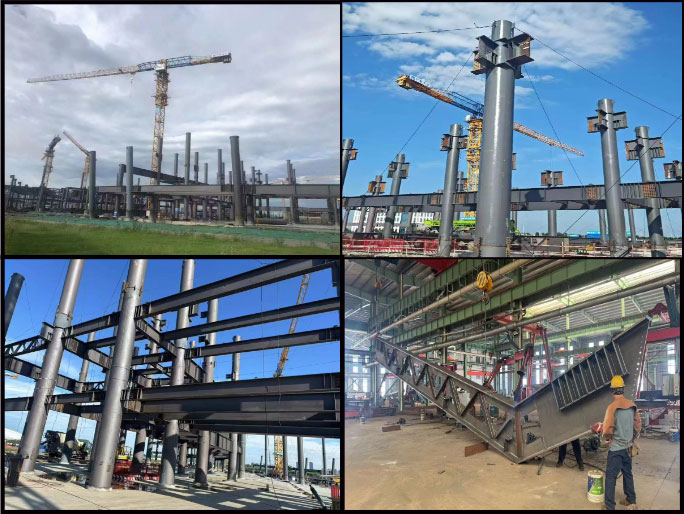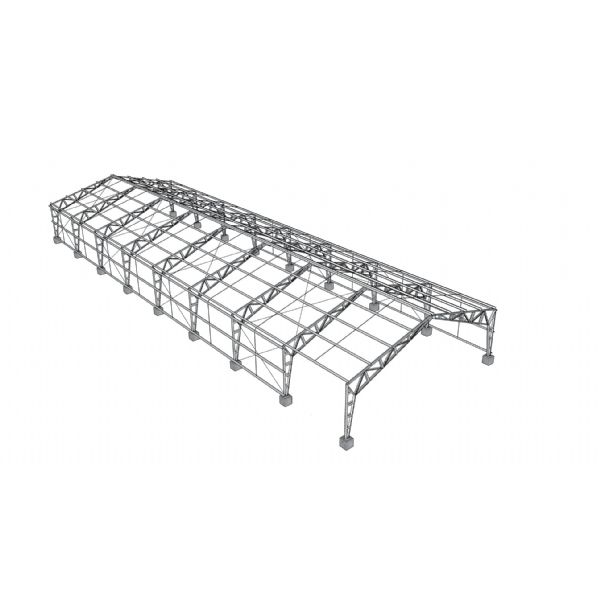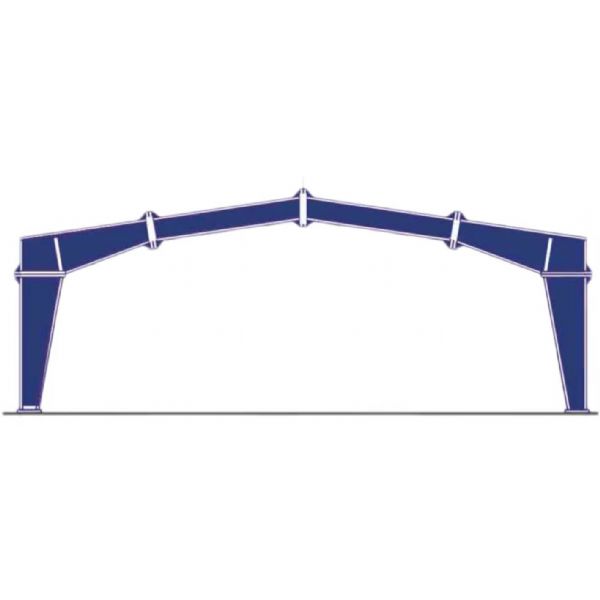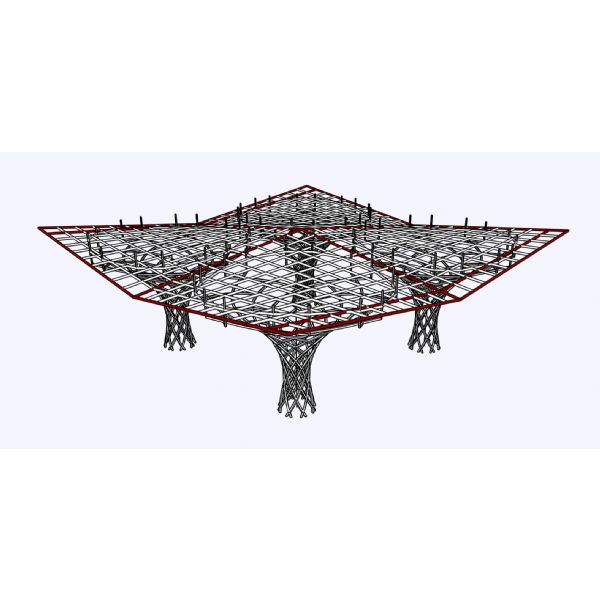What is a rigid frame system? Rigid framing is a kind of seismic structure, it is generally used in buildings or structures on the majority, and other flexible structure, rigid structure in the design of the beginning of the high strength of the seismic wall, can better strengthen the overall rigidity of the building and bearing capacity, can withstand strong impact and natural disasters such as earthquakes.
What are the benefits of rigid frame structures? Why are they chosen as a building’s core structural system?
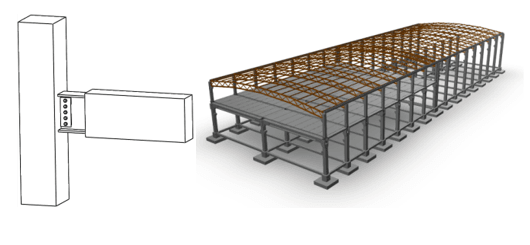
What are the components of a rigid frame system? What are its characteristics?
A rigid frame system generally comprises four sides and four corners of a rigid framing structure; steel columns connect the linear part, and rigid nodes of the steel structure splice the connection. In a rigid frame system, the four sides and corners of the rigid connections and nodes are designed to retain sufficient design redundancy so that the structure can effectively resist external factors such as load or deformation, thus maintaining its structural stability and strength. Rigid frames also have high load-bearing capacity and good horizontal stability, which means they will not be easily destabilized and lead to collapse.
Finally, the steel structural components of rigid frames are usually processed and produced in advance in factories. The prefabricated components are transported to the construction site. They can be installed without waiting, so the rigid frames are also much more convenient for construction, and many projects can be completed quickly and efficiently. Rigid frame structures are also much easier to construct, allowing much work to be done quickly and efficiently in a short period.
Rigid framing systems provide strong stability for buildings while maintaining sufficient toughness. Because rigid steel frames are not easily deformed, they have a wide range of applications in the engineering field: buildings, public infrastructure, ships, bridges, and so on.

Summary
A steel rigid frame structure system is a rigidly connected structural system consisting of columns and beams. The whole frame is prefabricated in the factory and installed on-site, and can function as a whole after composition. Steel rigid framing systems can resist bending and torsion forces and provide sufficient strength and stability to the building.
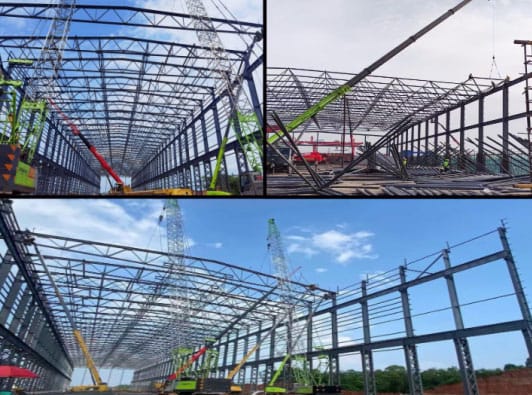
In architectural design, rigid steel framing systems are commonly used in commercial and industrial buildings, such as warehouses, factories, exhibition halls, and high-rise office buildings. They are also used in residential buildings, such as large houses and high-rise apartments. Steel rigid frame systems are critical in earthquake-prone areas because of their strong seismic resistance, high load-bearing capacity, and ease of use. They can ensure production and personnel safety at critical times and have unparalleled advantages over other building structures.

